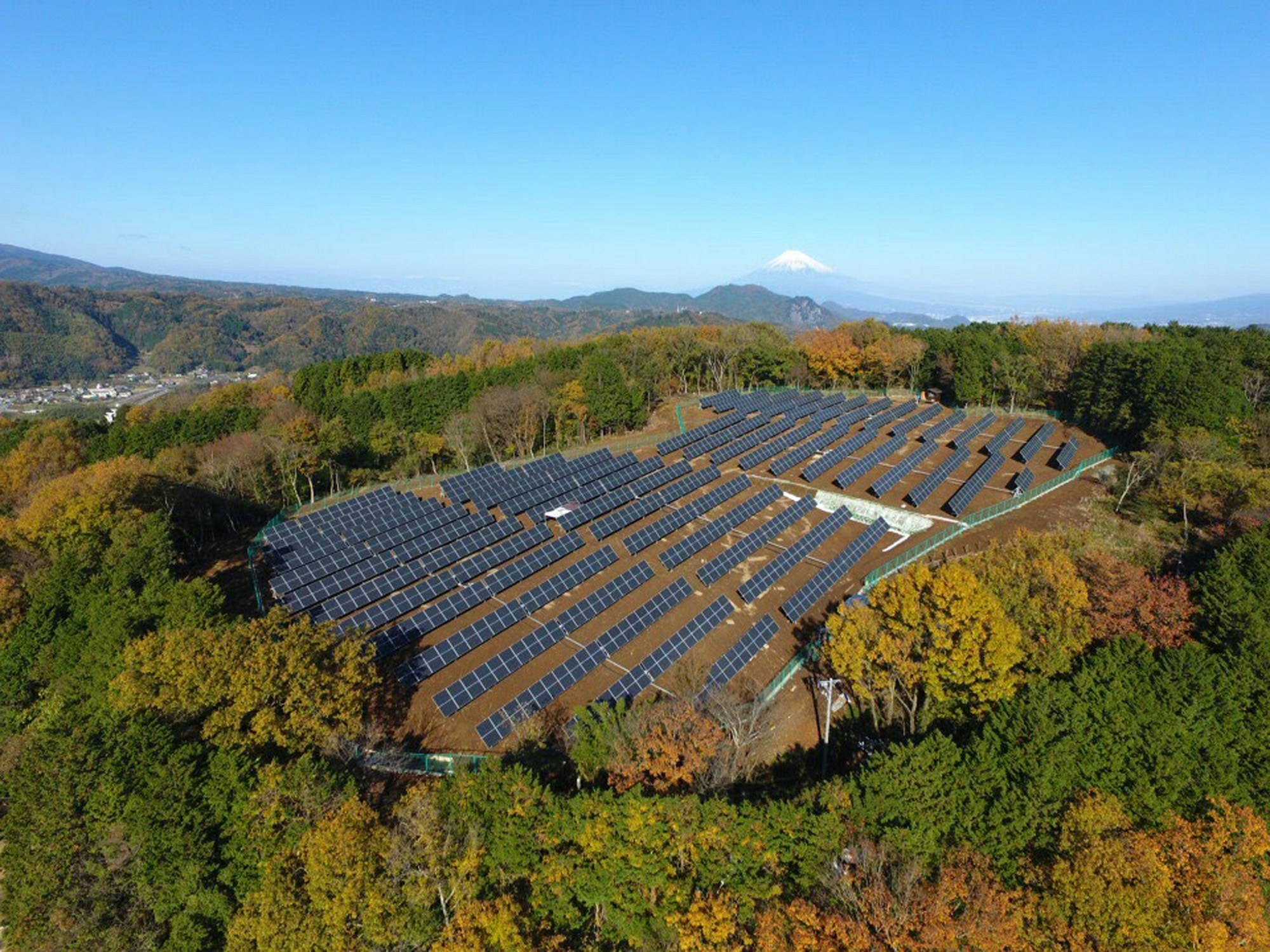News & Insights
Lessons from Renewable Energy Financing in East Africa
Insights on Attracting Investment
Oct 8, 2024

East African countries share experiences on financing utility-scale renewable energy projects, emphasizing the need for stable investment environments to enhance electricity access.
The renewable energy sector in East Africa is at a critical juncture as stakeholders gather insights and lessons learned from financing initiatives aimed at overcoming barriers to investment. The recent discussions highlighted the need for innovative financial solutions to address the challenges of energy access and sustainability across the region.
Overview of the Financing Landscape
East Africa has made significant strides in renewable energy development, yet the region still grapples with substantial financing gaps. Despite the potential for growth, attracting private investment remains a challenge due to issues such as commercial viability and the financial health of national utilities. Recent reports indicate that many utilities struggle with revenue collection, which hampers their ability to purchase power from renewable projects.
Key Insights from Recent Discussions
At a recent event organized by the Stockholm Environment Institute (SEI) in collaboration with the Swedish Permanent Mission to the UN, experts presented findings from a multi-year project focusing on risk mitigation for renewable energy investments. The event featured prominent speakers, including representatives from international financial institutions and UN agencies, who shared valuable insights on financing challenges and solutions.
Risk Mitigation Strategies:
The SEI researchers emphasized that effective risk mitigation instruments are crucial for enabling lenders and sponsors to invest in renewable energy projects. These strategies include blended finance mechanisms that combine public and private funding to manage risks associated with currency fluctuations and project viability.Importance of Local Capital:
A greater focus on utilizing local capital was highlighted as essential for fostering sustainable investments in renewable energy. Engaging local financial institutions can enhance project financing and ensure that investments align with regional priorities.Productive Use of Energy:
Discussions also underscored the importance of promoting the productive use of energy, particularly in rural areas where access remains limited. By linking energy access to economic activities, stakeholders can create sustainable demand for renewable energy solutions.
Recommendations for Future Action
The event concluded with a call for ongoing dialogue among stakeholders to leverage accumulated experiences and evidence from successful projects. Key recommendations included:
Strengthening Regulatory Frameworks:
Policymakers are urged to enhance regulatory frameworks that support investor confidence in the renewable energy sector, ensuring clear guidelines and incentives for project developers.Innovative Financial Models:
The adoption of innovative financial models that cater to diverse market needs is essential for unlocking investment potential. This includes exploring options such as green bonds and impact investing tailored to the renewable energy sector.Regional Integration Efforts:
Deepening regional integration through infrastructure projects can facilitate cross-border electricity trade, thereby enhancing energy security and access across East Africa.
Conclusion
As East Africa continues to navigate the complexities of renewable energy financing, lessons learned from recent discussions provide a roadmap for future action. By fostering collaboration among governments, financial institutions, and private investors, the region can unlock its vast renewable energy potential and make significant strides toward achieving universal energy access and sustainability goals. The commitment to ongoing dialogue and innovation will be crucial in overcoming existing barriers and driving progress in the renewable energy sector across East Africa.


